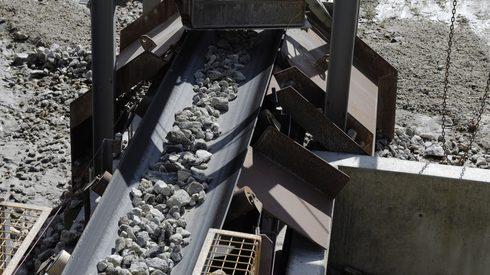Crucially, this increase in supply was a response to a boom in steel demand in the East Asian nation. In the first quarter of 2020, demand (or real consumption) dropped by 6% year-on-year, but in subsequent quarters we saw double-digit growth rates of demand, bringing the increase for the year to 9%.
Prices reacted to strong fundamentals. Chinese export prices for hot-rolled coil (HRC) initially dipped to $406 per tonne in April 2020, the lowest since late 2016, but by the end of the year HRC prices had risen by $239 per tonne, averaging $645 per tonne in December 2020.
After the rollercoaster year that was 2020, many market participants have been understandably worried that price rises in the second half of that year could turn into similarly fast price declines in 2021, repeating the patterns that were seen in 2008 at the time of the global credit crash.
Leaving aside macroeconomic forecasts, can we gain any insight from recent market developments into what the year ahead has in store for us?
One clue can be found in how the distribution chain behaves around the Chinese New Year holiday period, with changes in stock levels giving some understanding of whether market participants are bullish or bearish in their outlook.
Based on analysis of previous years, there seems to be a connection between how Chinese inventories behave in the crucial week after the Lunar New Year – which this year was the week ending February 26, 2021 – and a change in the average annual HRC price, as the chart below illustrates.

In 2021, as previously in 2017, 2018 and 2020, HRC stock levels at warehouses in the first week after the New Year increased, compared with the post-holiday week a year earlier.
Excluding 2020, when market dynamics were distorted by the pandemic, in 2017 and 2018 HRC prices also rose very strongly, by 21% and 39% on an annual basis respectively.
With a 12% annual increase in post-holiday HRC stocks this year, it appears that stockholders in China, who sell material to end-users on a spot basis, are once again positive about prospects for the year ahead, opting to increase their stock levels and expecting to see robust end-user demand and prices.
Other than in 2020, the relationship was also broken in 2016, when – after two years of continuous price declines – stockists were cautious about holding significant inventory levels, and low stocks eventually helped to push prices higher later in the year, when demand started to recover.
Clearly, one indication cannot be definitive, and 2020 proved once again that unforeseen events can overwrite even carefully drawn forecasts.
Nevertheless, Fastmarkets’ expectations for 2021 were in line with the conclusion drawn from the inventory dynamics we have discussed.
Bears may be in hibernation for now, but they are bound to be back before long. We too see the market peaking shortly, but we are now in Chinese astrology’s Year of the Ox, and we are backing the bulls overall.




